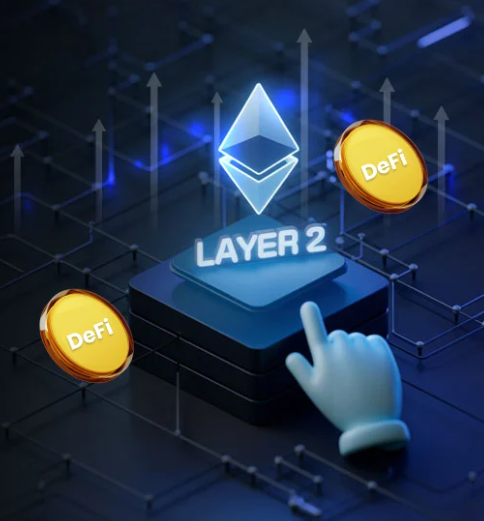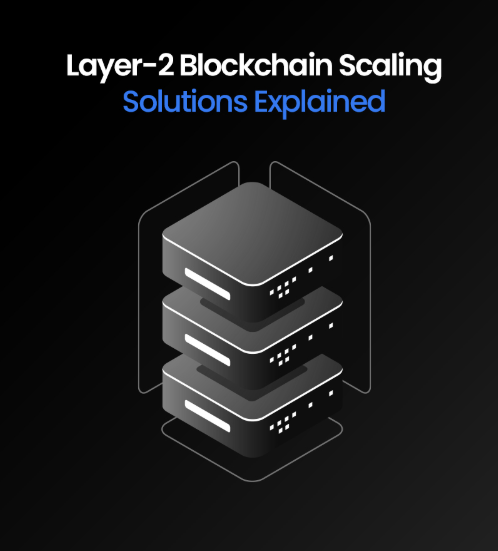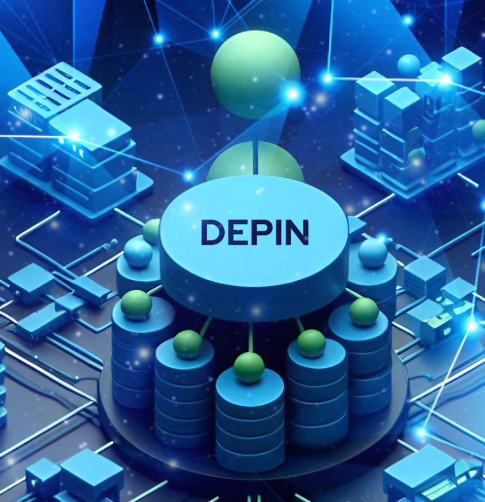
Web3 is revolutionizing the digital landscape, offering users decentralized control over their data and assets. While transparency is a core tenet of this new paradigm, achieving effective privacy is an ongoing challenge for developers. Zero-Knowledge Proofs (ZKPs) are commonly recognized for their role in ensuring privacy, but they aren’t the ultimate solution to every problem. This blog delves into six advanced cryptographic techniques that extend beyond ZKPs to help Web3 innovators enhance privacy, build trust, and maintain compliance in an increasingly transparent blockchain ecosystem.
Why Explore Alternatives to Zero-Knowledge Proofs?
Zero-Knowledge Proofs are particularly useful for proving the validity of statements without revealing the underlying data, such as proving you have sufficient funds without disclosing your account balance. However, there are scenarios where ZKPs fall short. These include situations where there is a need to obscure the very existence of data or to allow computations that involve multiple parties without revealing individual contributions. In these cases, other cryptographic methods can provide more robust privacy guarantees, addressing a broader set of challenges.
Cryptographic Techniques Beyond ZKPs
- Secure Multi-Party Computation (MPC)
Secure Multi-Party Computation allows several participants to collaboratively compute a function without exposing their individual inputs. Each participant keeps their data secret while contributing to the final output. The result is shared without revealing who contributed what.
Use Cases:
- Collaborative Analytics: In decentralized finance (DeFi), multiple platforms can collaborate by sharing sensitive metrics, such as liquidity or risk data, without exposing specific details.
- Data Marketplaces: Participants can offer valuable insights derived from encrypted data without actually disclosing the raw data.
- Auctions: Multiple bidders can submit confidential bids, and the system can determine the winner without revealing individual offers.
Implementation Tips:
- MPC can be computationally intensive, so start with smaller-scale prototypes to assess feasibility.
- Leverage open-source frameworks like Partisia or Scale-Mamba for easier integration.
- Homomorphic Encryption
Homomorphic encryption enables computations on encrypted data, where the result, when decrypted, matches the expected output had the data been processed in plaintext. Fully Homomorphic Encryption (FHE) is the most powerful, allowing unlimited operations, but it is also highly resource-demanding.
Use Cases:
- Confidential Machine Learning: AI models can be trained on encrypted data, ensuring that sensitive user information remains protected.
- Privacy-Preserving Databases: Cloud services can process encrypted data without exposing the original content to service providers.
- Encrypted Communication: Encrypted messages can undergo filtering or processing without ever being decrypted.
Implementation Tips:
- Practical solutions often involve partial homomorphic encryption, which supports specific operations like addition or multiplication.
- Consider performance trade-offs and infrastructure capacity when using FHE.
- Ring Signatures
Ring signatures enable one member of a group to sign a message without revealing which individual signed it. The signature is valid, but the identity of the signer remains hidden.
Use Cases:
- Privacy Coins: Cryptocurrencies like Monero use ring signatures to hide the sender’s identity in transactions.
- Group Approvals: Groups or councils can approve actions collectively without disclosing individual members.
- Anonymous Reporting: Whistleblowers can authenticate their insider status without revealing their identity.
Implementation Tips:
- Ring signatures focus on hiding the sender’s identity but do not conceal transaction amounts or destinations. Combine them with additional privacy techniques for complete transaction confidentiality.
- Mix Networks (Tumblers)
Mix networks, or tumblers, shuffle transactions across multiple participants, making it nearly impossible to trace the flow of funds or messages. By blending inputs and outputs, they offer plausible deniability for users, as there’s no straightforward way to match specific inputs to their corresponding outputs.
Use Cases:
- Transaction Privacy: Services like Tornado Cash mix deposits and withdrawals to obscure transaction trails.
- Secure Messaging: Systems like Loopix ensure communication remains anonymous by routing messages through multiple nodes.
- Voting Systems: Blockchain voting mechanisms can randomize vote paths using mix networks to maintain voter anonymity.
Implementation Tips:
- Mix networks may attract regulatory attention, especially in relation to anti-money laundering efforts. Ensure compliance with applicable laws.
- Simplify the user experience, as many users may not understand the inner workings of mix networks.
- Trusted Execution Environments (TEEs)
A Trusted Execution Environment (TEE) is a secure area within a CPU where data and computations are isolated from the main operating system, ensuring that even if the OS is compromised, sensitive data remains protected.
Use Cases:
- Private Smart Contracts: Sensitive computations can be executed within a TEE, with only the verified results being shared on-chain.
- IoT Devices: Edge computing can benefit from TEEs, ensuring that sensor data remains secure before transmission to the cloud.
- Off-Chain Confidentiality: Perform sensitive operations off-chain within a TEE and only commit the outcome to the blockchain.
Implementation Tips:
- TEEs are dependent on specific hardware, such as Intel SGX or ARM TrustZone, so ensure compatibility with your infrastructure.
- For scalability, consider hybrid solutions that combine TEEs with cryptographic methods like MPC.
- Oblivious RAM (ORAM)
Oblivious RAM (ORAM) prevents the observation of data access patterns, ensuring that even if someone is monitoring system activity, they cannot determine which specific records are being accessed or altered. This adds an additional layer of privacy by concealing both the content and the usage of data.
Use Cases:
- Privacy-Preserving Databases: ORAM ensures that the structure of encrypted data doesn’t leak information about the data being accessed.
- Cloud Storage: Prevents cloud providers from inferring which parts of encrypted data are being retrieved.
- Sensitive Analytics: In combination with other privacy methods, ORAM ensures that access patterns don’t expose underlying secrets.
Implementation Tips:
- ORAM introduces computational overhead, so assess whether your application requires this level of privacy.
- Consider starting with a smaller dataset or a focused use case to test the effectiveness of ORAM.
Building Privacy-First Solutions
Privacy implementation goes beyond selecting the most powerful cryptographic technique. The key is finding the best approach for your project, user base, and legal requirements. In some cases, a combination of methods—such as using TEEs along with homomorphic encryption—can provide multi-layered security. However, these methods can increase complexity and affect performance.
Tips for Successful Implementation:
- Prototype and Plan: Identify the most critical privacy requirements for your application and create a small-scale proof of concept to test the methods you plan to use.
- Stay Compliant: For projects dealing with sensitive data or financial transactions, it’s essential to stay informed about legal obligations and consult with experts on compliance.
- Communicate Clearly: Users appreciate clarity. If your product utilizes advanced cryptographic techniques, explain how they work and how they benefit the user, without overwhelming them with technical details.
- Iterate Continuously: Privacy is an ongoing process, not a one-time solution. As cryptographic techniques evolve, so should your privacy practices.
Conclusion
In the world of Web3, privacy is a foundational element that fosters trust, compliance, and innovation. By moving beyond Zero-Knowledge Proofs and integrating other cryptographic techniques, Web3 developers can build solutions that balance transparency with robust privacy measures. With the right combination of tools, founders can ensure that their projects remain secure, user-focused, and compliant in an ever-changing digital landscape.












































